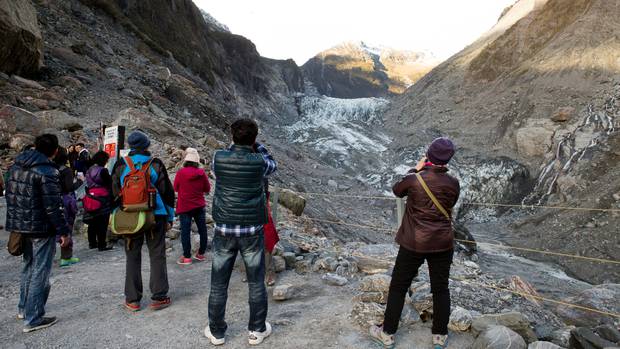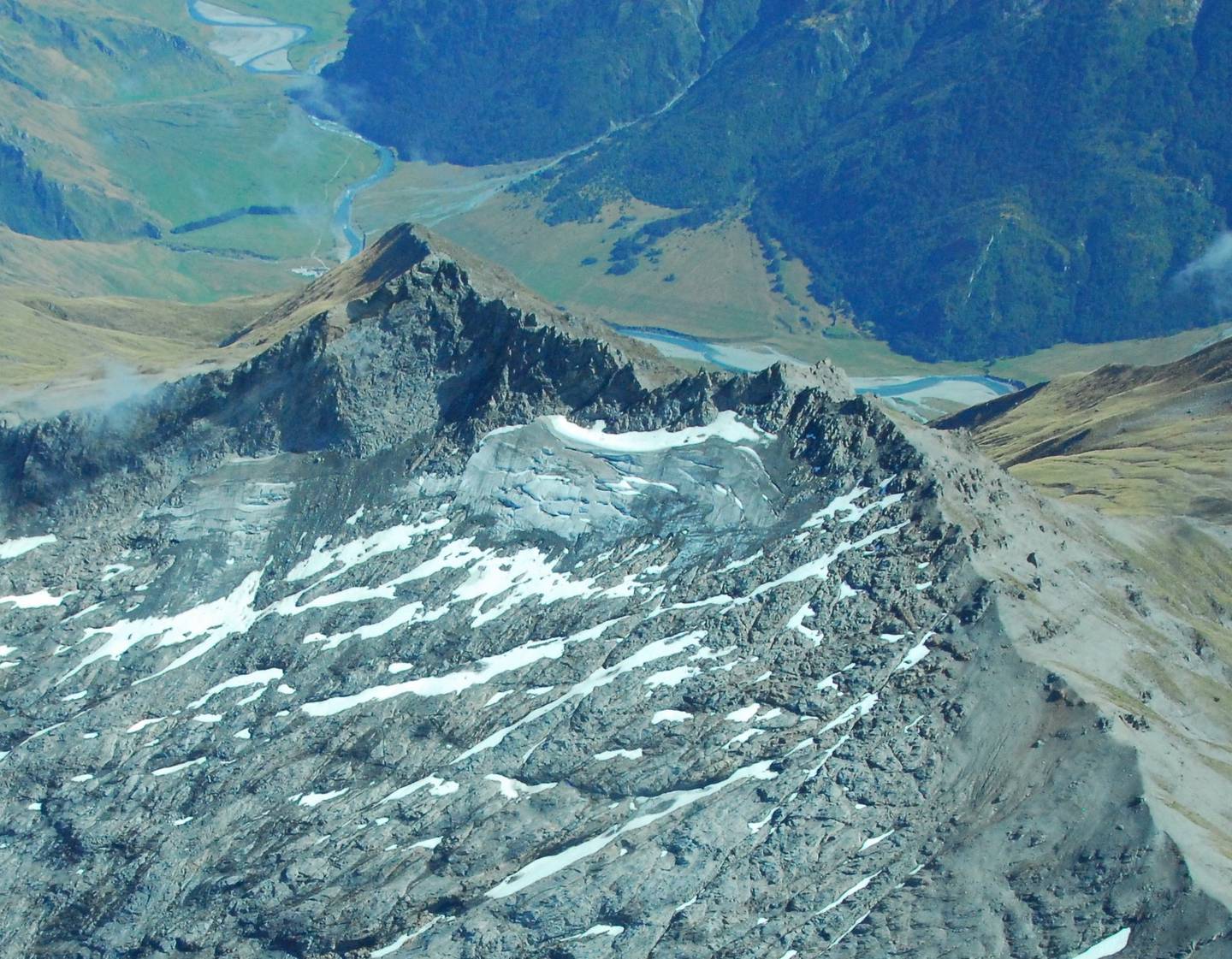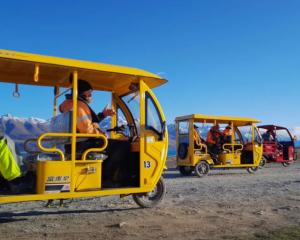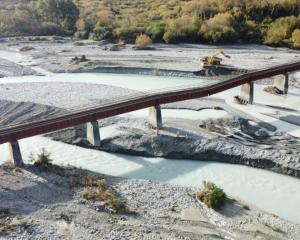
The warning comes as a new study highlights how these postcard pieces of our stunning natural landscape have already shrunk in just four decades.
A moderate-strength La Nina is widely expected to have a strong influence on our weather over coming months, bringing more rain to northeast parts of the country, but drier conditions to the south and west, and ridges of high pressure over the South Island.
It's also expected to come with warmer surface temperatures in the Tasman Sea - potentially several degrees above average - which are known to drive snow loss.
Niwa climate scientist Dr Drew Lorrey said this climate set-up had effectively loaded the dice for our glaciers, many of which had been left in a sad, dirty state after some severe melt years.
That included back-to-back "marine heatwaves" between 2017 and 2019, which sent temperatures on land soaring, and had a dramatic effect on ice loss around the Southern Alps.
While conditions last year were hoped to have helped the glaciers hang on to their ice, black carbon that came from Australia's bushfires and settled on the snow took much of the previous winter's gains away.

"In the Tasman, temperatures are expected to be 1C to 2C above normal - and when that happens, the heat gets into the mountains and the glaciers really feel it.
"With La Nina, we also get more frequent ridges of high pressure over the South Island, and more anti-cyclone, and these strong highs further help to set up warm conditions."
Meanwhile, researchers have just published an update of New Zealand's glacier inventory, which used data from aerial observations and satellite images to nearly 3000 glaciers.
That stocktake, led by Sabine Baumann, of the Technical University of Munich in Germany, found a sample of 14 glaciers in the central Southern Alps had shrank by about 28 per cent since 1978.
More broadly, scientists estimate about 30 per cent of New Zealand's ice that was catalogued in the late 1970s has been lost in the past 40 years.
And another recent study, drawing one of the first direct links between climate change and glacier melt, found global warming made a recent hit on our icy wonders 10 times more likely.
The Brewster Glacier alone was estimated to have lost some 13 million cubic metres over the past few years - enough to supply New Zealanders with drinking water for the same period.
A separate paper presented by climate scientist Professor Jim Salinger indicated that, over 2017-18, the alps experienced their biggest snow melt on record, losing about 9 per cent of their total ice volume.
While in the past 40 years there had been some periods of glacier growth, Lorrey said things changed about 20 years ago.
"It's like a switch got flipped in the early 2000s, when there were very few years where we got seemingly normal or slightly cooler temperatures at altitude," he said.
"We have had some with maybe a bit more precipitation, but it just hasn't been enough to save them from these really sharp, warm years we have."
If the current trend continued, glaciers would struggle to survive - especially those at lower altitudes that were already struggling.
"What this means is that part of our alpine estate that's covered by ice at some the lower altitudes right now, in a decade, we are just not going to see that coverage any more."
The picture was just as dire around the world, where glaciers have been losing, on average, between half a metre and metre of ice thickness every year - an unprecedented rate of loss.
One scenario that assumed future warming could be limited only to another 2C - the ultimate goal of the Paris Agreement on climate change - glaciers would keep retreating but stabilise by the middle of the century.
But if emissions continued to ramp up without any efforts to curb them, they could become virtually unrecognisable by 2100.













